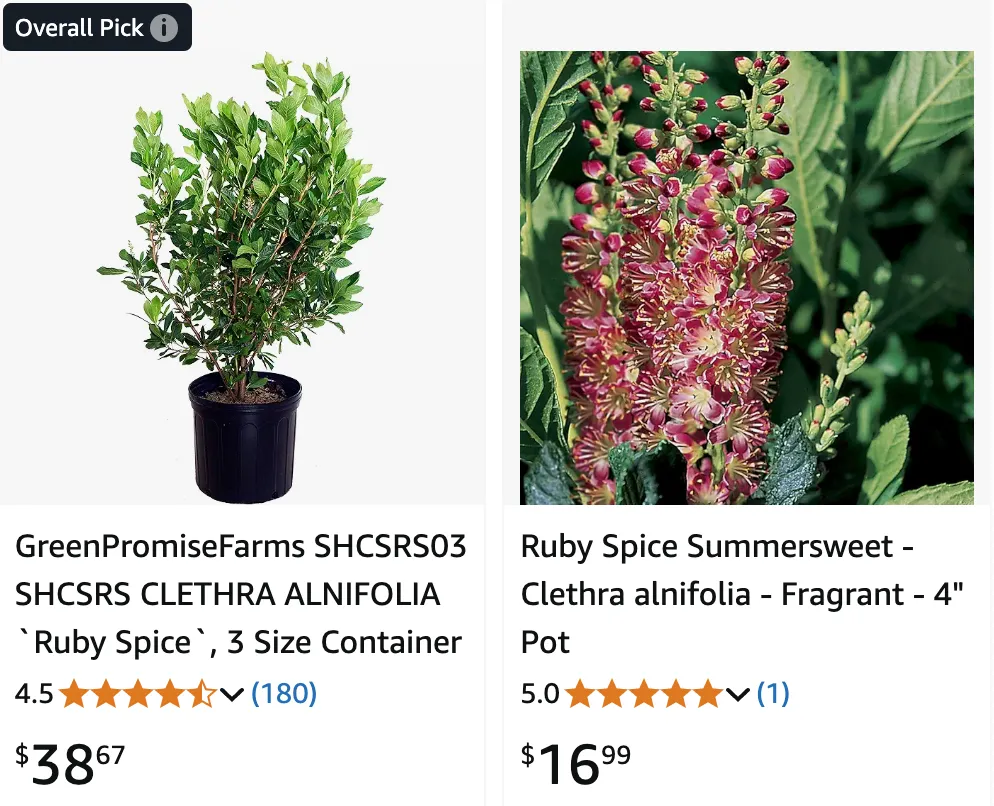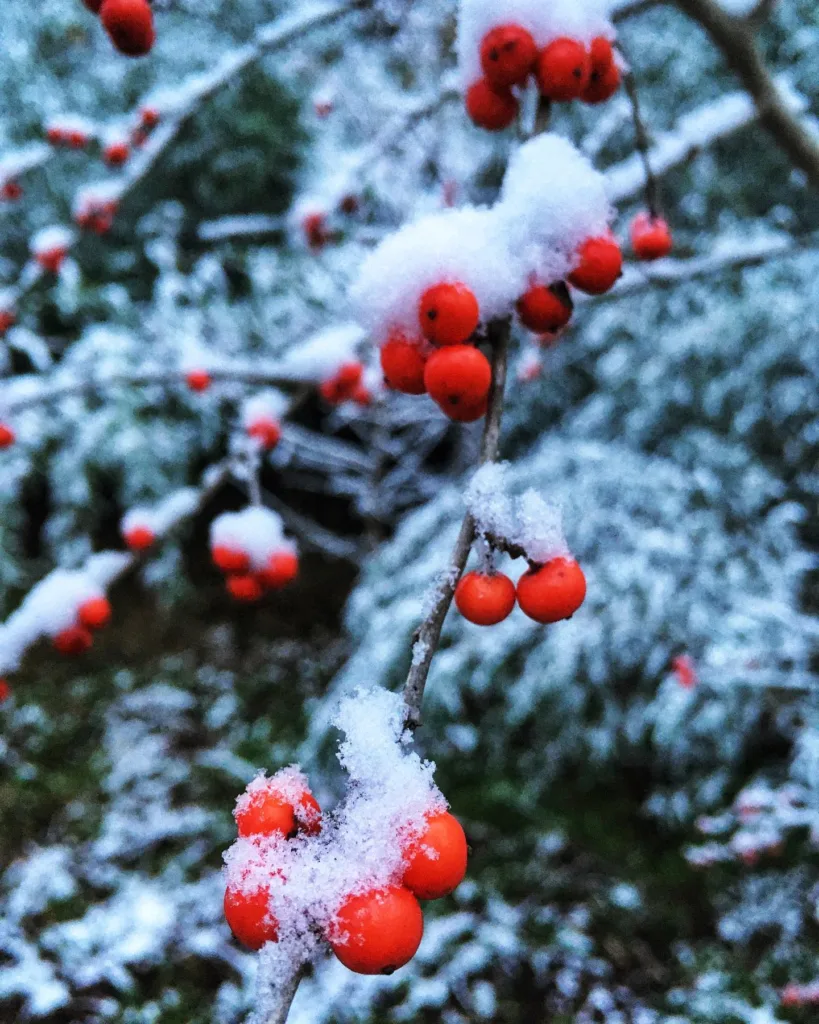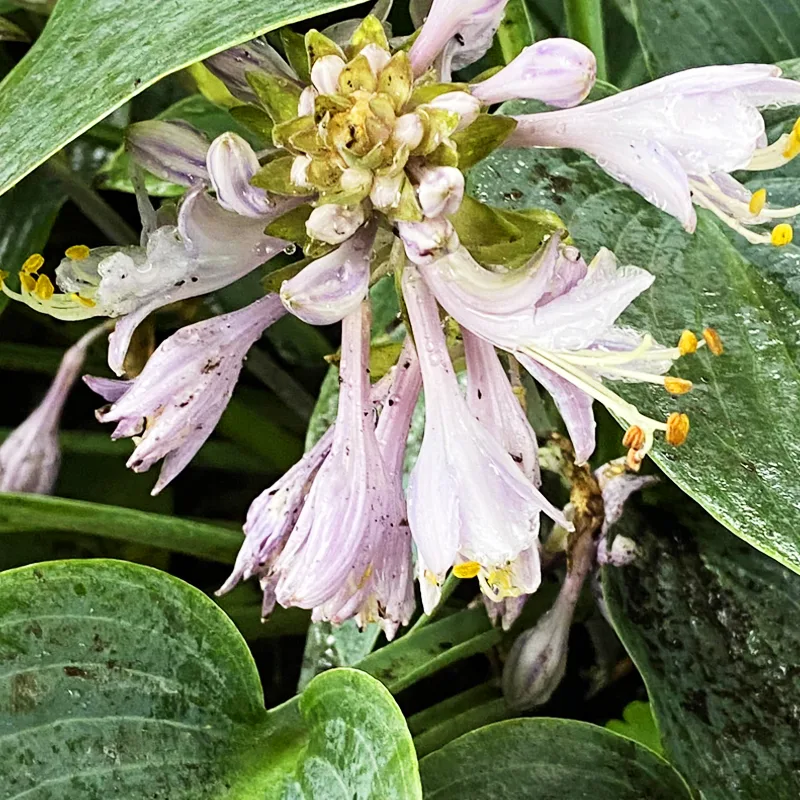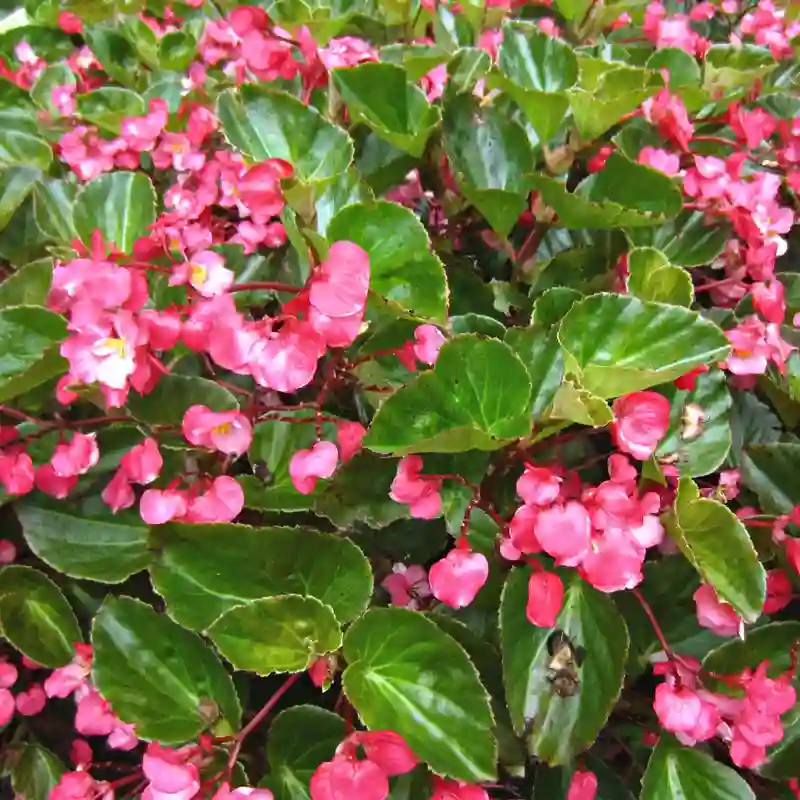
July 11 – Clethra
"Clethra, the sweet pepperbush, defines July 11."
Clethra represents sweetness and endurance. You have a gentle yet persistent nature, leaving a lasting impression on those you meet. Like its fragrant blooms, your kindness lingers long after you’ve left.
The Sweet Scent of Summer: My Journey with Clethra
My name is Ferb Vu, and I’ve always been drawn to the subtle beauties of the natural world. While roses and lilies may command attention with their vibrant colors and showy blooms, I find myself captivated by the more understated elegance of plants like the Clethra. These flowering shrubs, often known as sweet pepperbush, possess a charm that speaks to my soul. It’s not just their delicate blossoms or the intoxicating fragrance that fills the air on a warm summer evening; it’s the way they quietly enhance their surroundings, offering a sense of serenity and grace.
I first encountered Clethra while wandering through a local arboretum. It was mid-summer, and the air hung heavy with humidity. As I rounded a bend in the path, I was met with a wave of sweet perfume, a scent reminiscent of honey and spice. Following the fragrance, I discovered a grove of Clethra shrubs in full bloom. Their slender branches were laden with racemes of delicate white flowers, each one a tiny masterpiece of nature’s artistry. I was mesmerized.
Since that day, I’ve made it my mission to learn everything I can about this fascinating genus. Clethra, a member of the Clethraceae family, encompasses a diverse group of around 70 species. These hardy plants are native to a variety of habitats, from the woodlands of North America to the slopes of the Himalayas.
A World of Clethra: Exploring the Species
The diversity within the Clethra genus is truly remarkable. Here are:
- Clethra acuminata Michx.
- Clethra albertinae L.M.González
- Clethra alcoceri Greenm.
- Clethra alexandri Griseb.
- Clethra alnifolia L. Plant FAQs: Clethra Alnifolia – Summersweet Clethra
- Clethra arborea Aiton
- Clethra arfakana Sleumer
- Clethra barbinervis Siebold & Zucc.
- Clethra bodinieri H.Lév.
- Clethra canescens Reinw. ex Blume
- Clethra cardenasii Sleumer
- Clethra castaneifolia Meisn.
- Clethra chiapensis L.M.González
- Clethra concordia D.A.Neill, H.Beltrán & Quizhpe
- Clethra consimilis Sleumer
- Clethra conzattiana L.M.González
- Clethra costaricensis Britton
- Clethra crispa Gust.
- Clethra cubensis A.Rich.
- Clethra cuneata Rusby
- Clethra delavayi Franch.
- Clethra elongata Rusby
- Clethra fabri Hance
- Clethra fagifolia Kunth
- Clethra fargesii Franch.
- Clethra ferruginea (Ruiz & Pav.) Link ex Spreng.
- Clethra fimbriata Kunth
- Clethra formosa E.Alfaro & J.F.Morales
- Clethra fragrans L.M.González & R.Delgad.
- Clethra galeottiana Briq.
- Clethra gelida Standl.
- Clethra guyanensis Klotzsch ex Meisn.
- Clethra hartwegii Britton
- Clethra hendersonii Sleumer
- Clethra hirsutovillosa S.Valencia & Cruz Durán
- Clethra hondurensis Britton
- Clethra javanica Turcz.
- Clethra kaipoensis H.Lév.
- Clethra kebarensis Sleumer
- Clethra lanata M.Martens & Galeotti
- Clethra licanioides Standl. & Steyerm.
- Clethra longispicata J.J.Sm.
- Clethra luzmariae L.M.González
- Clethra macrophylla M.Martens & Galeotti
- Clethra mexicana DC.
- Clethra motozintlana L.M.González
- Clethra oaxacana C.W.Ham.
- Clethra obovata (Ruiz & Pav.) G.Don
- Clethra occidentalis (L.) Kuntze
- Clethra oleoides L.O.Williams
- Clethra ovalifolia Turcz.
- Clethra pachecoana Standl. & Steyerm.
- Clethra pachyphylla Merr.
- Clethra papuana J.J.Sm.
- Clethra parallelinervia Gust.
- Clethra × parvifolia Lundell
- Clethra pedicellaris Turcz.
- Clethra peruviana Szyszyl.
- Clethra petelotii Dop & Troch.-Marq.
- Clethra poilanei Gagnep. ex Dop
- Clethra pringlei S.Watson
- Clethra pulgarensis Elmer
- Clethra purpusii L.M.González
- Clethra pyrogena Sleumer
- Clethra repanda Turcz.
- Clethra retivenia Sleumer
- Clethra revoluta (Ruiz & Pav.) Spreng.
- Clethra rosei Britton
- Clethra rugosa Steyerm.
- Clethra scabra Pers.
- Clethra secazu J.F.Morales
- Clethra skutchii Standl. & Steyerm.
- Clethra sleumeriana K.S.Hao
- Clethra standleyana L.M.González
- Clethra suaveolens Turcz.
- Clethra sumatrana J.J.Sm.
- Clethra sumbawaensis Sleumer
- Clethra symingtonii Sleumer
- Clethra tacanensis Lundell ex L.M.González
- Clethra talamancana C.W.Ham.
- Clethra tomentella Rolfe ex Dunn
- Clethra tomentosa Lam.
- Clethra tutensis C.W.Ham.
- Clethra tuxtlensis L.M.González
- Clethra uleana Sleumer
- Clethra vicentina Standl.
- Clethra zunila L.M.González
Why Clethra Matters
Clethra plants are more than just pretty faces. They play a vital role in their ecosystems, providing food and shelter for a variety of pollinators, including bees, butterflies, and moths. Their late-summer blooms offer a crucial source of nectar when many other plants have finished flowering.
Beyond their ecological importance, Clethra plants also offer a number of practical benefits. Their strong root systems make them effective for erosion control, and their ability to thrive in moist soils makes them ideal for planting near water features.
Cultivating Clethra: Tips from an Enthusiast
Growing Clethra is a rewarding experience, and I encourage anyone with an interest in gardening to give it a try. Here are a few tips I’ve learned along the way:
- Choose the right location: Most Clethra species prefer partial shade and moist, well-drained soil.
- Provide adequate moisture: Consistent watering is essential, especially during the first year after planting.
- Prune for shape: Clethra can be pruned in late winter or early spring to maintain its desired shape.
- Be patient: Clethra may take a few years to reach its full flowering potential.
With a little care and attention, Clethra plants will reward you with years of beauty and fragrance.
A Continuing Fascination
My journey with Clethra is far from over. I continue to be amazed by the diversity and resilience of this remarkable genus. Whether I’m exploring a new species or simply enjoying the sweet perfume of a familiar favorite, Clethra always manages to bring a sense of peace and wonder to my day. It’s a reminder that beauty can be found in the most unexpected places, and that even the most understated plants have a story to tell.
If i die, water my plants!



